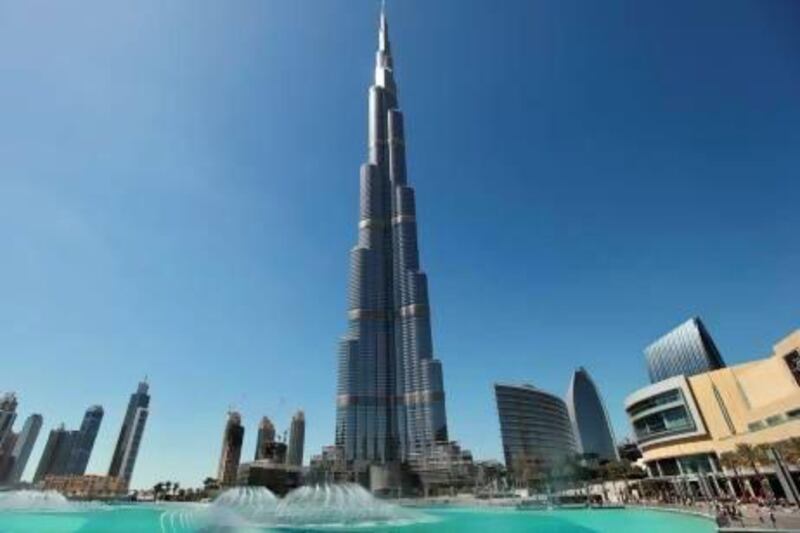The Kingdom Tower in Jeddah would be the first of a breed of ultra-tall buildings to exceed 900 metres in height. That's more than twice as tall as New York's Empire State Building.
United Technologies' Otis Elevator, Switzerland-based Schindler Group and Finland's Kone are racing to perfect technologies ranging from stronger brakes to smarter software to move elevator riders more efficiently and capture the market.
"We've become the bottleneck of the super-high-rise building," said Johannes de Jong, director of projects and technology at Kone, which supplied the elevators in the 601-metre Makkah Clock Royal Tower in Mecca and the 509-metre Taipei 101 tower in Taiwan, the world's second and third-tallest buildings.
"We are definitely verging on technology that will allow buildings to be higher," he said.
At Kone's test facility in Lohja, Finland, built 300 metres down a limestone mine, the company is tackling a problem more familiar to frequent flyers than elevator riders.
Engineers are determining the optimal speed for fans that control air pressure inside cars, which can descend in a mega-high-rise building faster than a commercial airplane coming in for a landing, Mr de Jong said. Jets might have 30 minutes to reduce cabin pressure as they approach the airport; elevators in the tallest buildings might have just 30 seconds to depressurise.
For Dubai's 829-metre Burj Khalifa tower, the world's tallest building at the moment, Otis designed a system using double-deck cars, computerised dispatch and its compact Gen2 lifts, which replace steel cables with polyurethane-coated belts. It uses smaller, gearless drives instead of bulky motors, eliminating the need for a large engine room.
To reach even higher, Otis is going back to its roots in the middle of the 19th century. The company founder Elisha Otis's breakthrough invention was a spring-loaded mechanism that could catch his primitive elevator if the rope lifting it failed.
He teamed with the master showman PT Barnum to demonstrate the invention at the 1854 World's Fair in New York, where he had himself hoisted into the air aboard one of his elevators and then, brandishing a sabre, cut the rope. His device kicked in, arresting his fall.
Stopping a plunging elevator today is more complicated: a car falling from the top of a building as tall as the Kingdom Tower would generate the same amount of energy as a half-full tractor-trailer driving off a cliff.
To check a freefall, Otis is developing brakes made of advanced alloys that can withstand the heat - in excess of 300°C - that comes from stopping 16 tonnes of elevator car and cable descending at about 80kph.
Outfitting the world's tallest buildings with elevators doesn't necessarily come with a huge paycheque. Otis received US$36 million (Dh132.2m) for its work on Burj Khalifa in 2005, the year the contract was awarded. Competing for such business is still worth the effort, said the Otis president, Pedro Baranda.
"We're reinvesting in the skyscraper, because the buildings on the drawing board right now are just different," Mr Baranda said. "Understanding the elevatoring of a very high-rise building can often give you insights into what you can do better at the lower end."
As buildings stretch higher, elevator companies will have to explore more advanced ways to move people. That might mean using huge magnets to propel elevator cars, doing away with much of the bulky machinery that limits how high they can go today, according to Antony Wood, the executive director of the Chicago-based Council on Tall Buildings and Urban Habitat.
The ultimate goal for elevators would be "developing a system where they don't have to go in a strictly vertical plane," Mr Wood said. "This could be something that's within reach not too many years in the future."
* Bloomberg Businessweek





